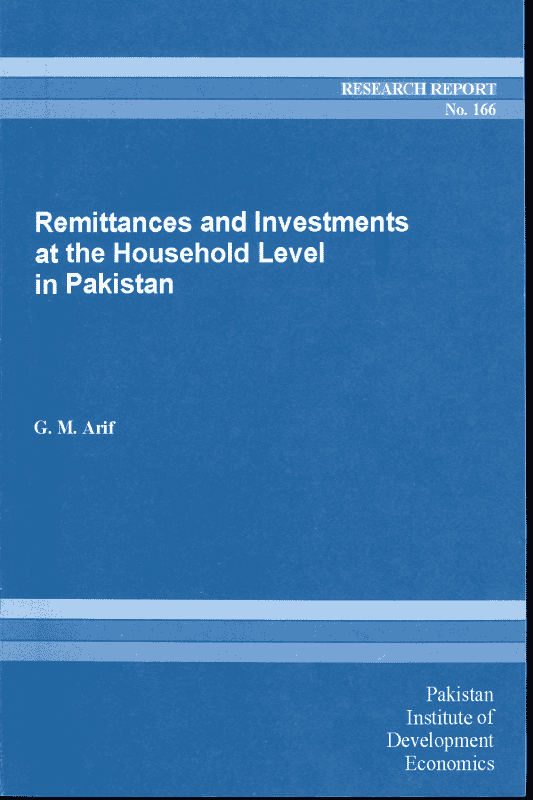Remittance and Investments at the Household Level in Pakistan
Foreign remittances are the most attractive aspect of labour migration to the governments of labour-exporting countries and to individual migrants and their families. The literature on labour migration looks at the effects of these foreign remittances on recipient households and labour-sending countries in four main ways. First, remittances have commonly been associated with key macroeconomic variables, such as the balance of payments, to emphasize the capacity of the scarce foreign earnings they bring to promote domestic economic growth. The effect of remittances on the balance of payments in labour-exporting countries is generally very favourable since they equate to a significant proportion of their merchandise exports. Second, there is continuing debate on the extent to which remittances contribute to the development of the migrants’ countries of origin. In assessing their developmental effects, primary focus has been on the uses made of remittances by their recipients, but evidence is inconclusive.




